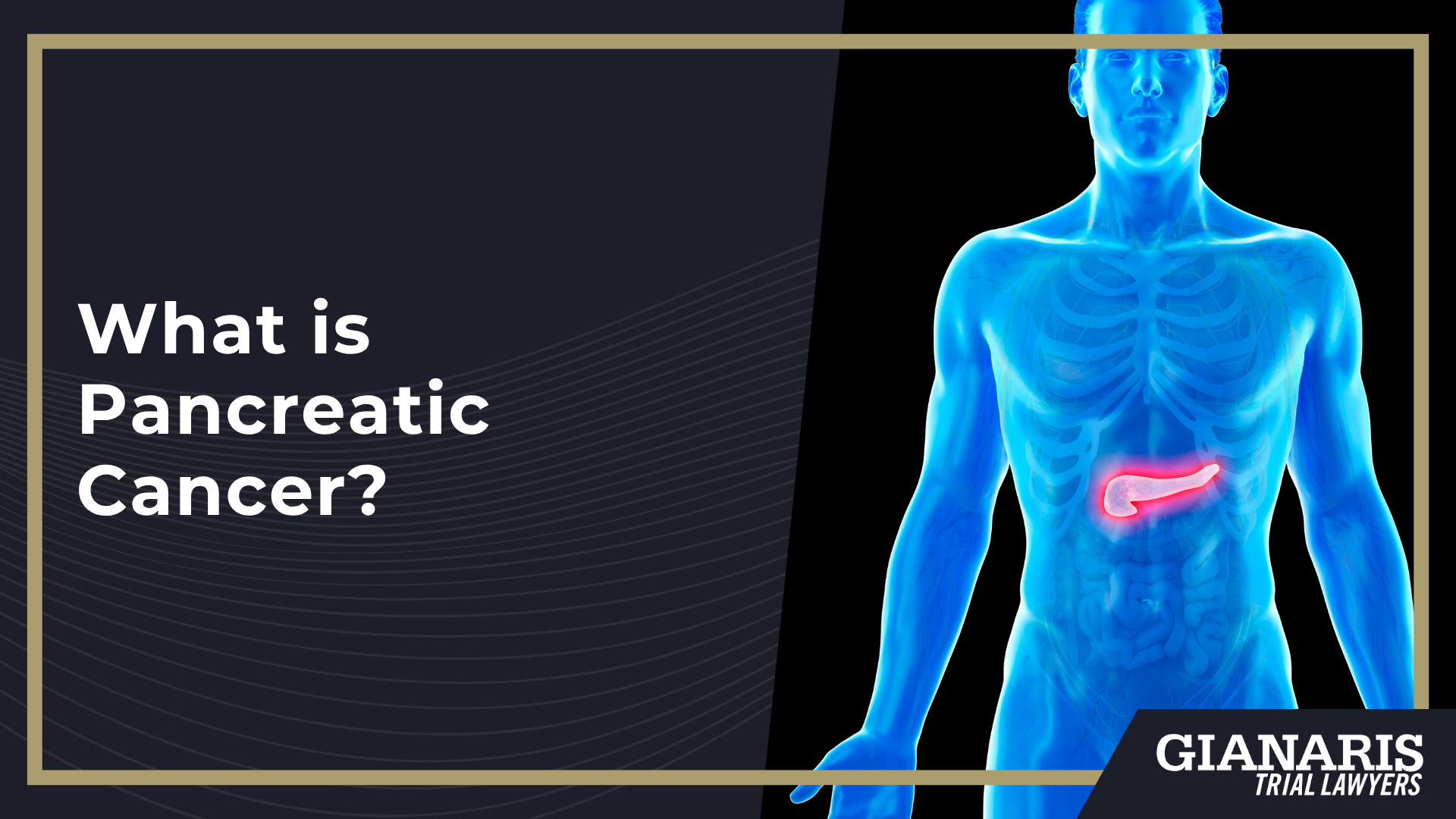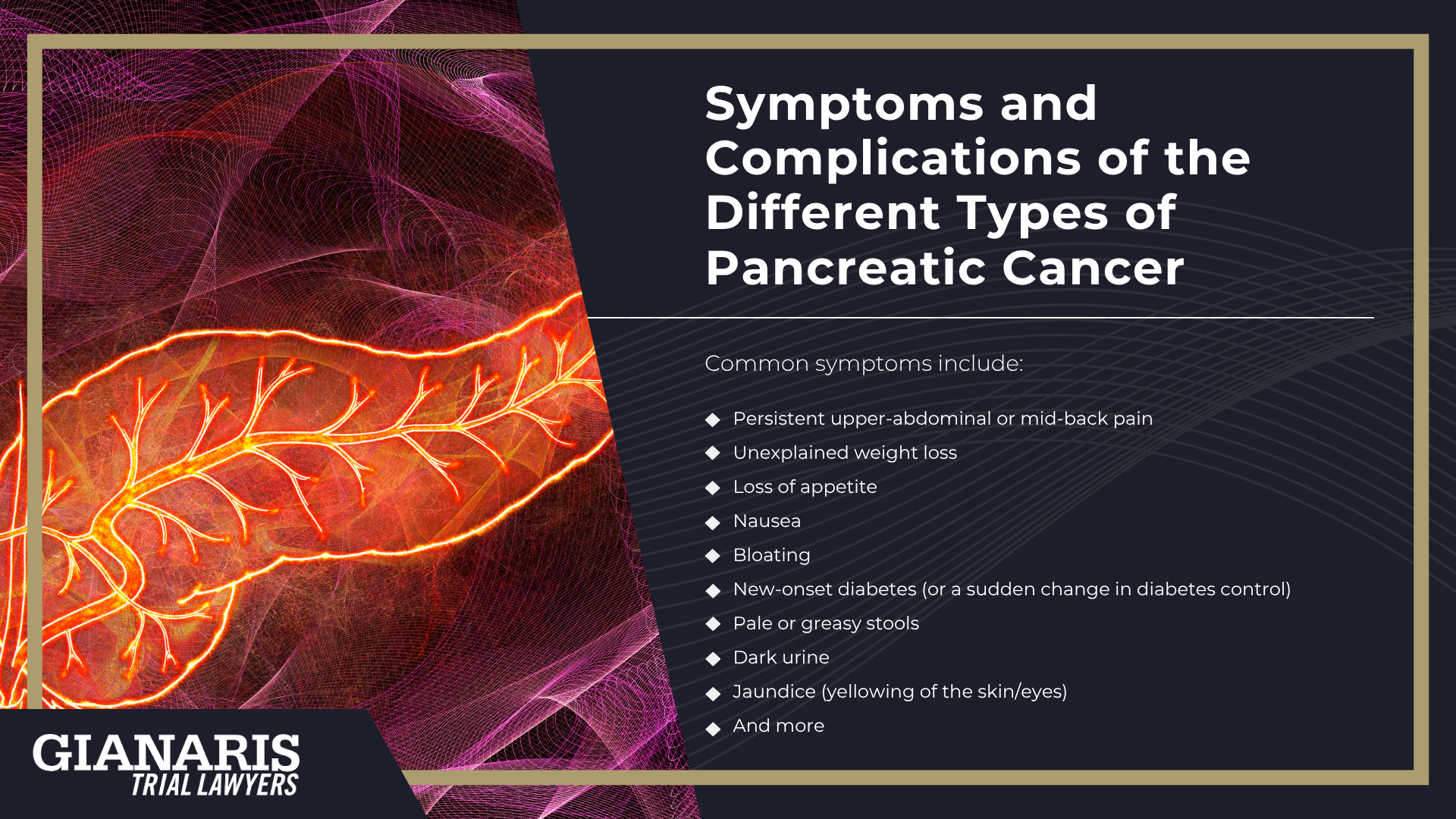Railroad pancreatic cancer claims focus on the connection between long-term occupational exposure and serious illnesses among railroad workers.
The railroad industry relied on diesel engines, solvents, degreasers, creosote-treated railroad ties, and other toxic substances that are now linked to cellular damage and cancer development.
Prolonged exposure to diesel exhaust and industrial chemicals has been shown to harm internal organs, including the pancreas, increasing the risk of cancer diagnosis.

Many affected workers argue that railroad companies failed to provide protective equipment, safe ventilation, or adequate warnings about these dangers.
Under the Federal Employers Liability Act (FELA), railroad workers can hold employers accountable when workplace exposure contributes to illnesses like pancreatic cancer.
Scientific Research Supporting Pancreatic Cancer Claims in Railroad Workers
Workers in heavy industries often spend years around diesel exhaust, strong solvents, creosote, and welding fumes.
Over time, breathing or handling these chemicals can irritate the body and harm internal organs, including the pancreas.
Researchers have observed that long, repeated exposure to these mixtures may raise the risk of pancreatic cancer, even when no single chemical tells the whole story.
The risk is highest where ventilation is poor, engines idle, parts are cleaned with harsh degreasers, and treated wood or hot metal work is common.
Not everyone exposed will get sick, but the pattern across jobs with these hazards points to a meaningful connection.
If you spent years working around these substances and later developed pancreatic cancer, it’s reasonable to explore whether occupational exposure played a role.
Studies and literature on pancreatic cancer and occupational exposures include:
- IARC Monographs – Diesel Engine Exhaust (Vol. 105): Classified Group 1 (carcinogenic to humans) with strong mechanistic evidence (PAHs, nitro-PAHs, reactive oxygen species). Human signals for pancreatic cancer are limited, but biologic pathways (oxidative injury, inflammation) support plausibility in high, prolonged exposure typical of enclosed rail environments.
- IARC Monographs – Polycyclic Aromatic Hydrocarbons (e.g., benzo[a]pyrene; Vols. 92/100F): Several PAHs are Group 1/2A and form DNA adducts in gastrointestinal tissues; animal models demonstrate exocrine pancreatic injury and tumor promotion—relevant where creosote-treated ties and diesel soot drove persistent PAH contact.
- IARC Monographs – Trichloroethylene (TCE; Vol. 106), Perchloroethylene (PCE), Methylene Chloride (DCM): TCE (Group 1) and PCE/DCM (Group 2A) show hepato-/pancreato-toxicity in animals, with human data suggestive for pancreatic risk in solvent-intensive trades; supports solvent exposure theories in rail shops with inadequate ventilation/PPE.
- Petroleum/solvent case–control and cohort studies (transport, mechanics, metalworking): Multiple analyses report elevated odds ratios for pancreatic cancer under sustained diesel/solvent exposure (effect sizes modest and study-design dependent), reinforcing a duration–intensity relationship applicable to rail crafts and enclosed cabs/shops.
- Welding Fumes (IARC Group 1, 2017): Established carcinogen producing systemic oxidative stress and metal-oxide particle deposition; adds to the pro-carcinogenic milieu when combined with diesel/solvent exposures common in rail maintenance facilities.
- Nitrosamine & carbonyl by-product literature (combustion/solvent processes): Demonstrates exocrine pancreatic susceptibility to N-nitrosamines and aldehydes (mechanistic models show KRAS mutations, chronic pancreatitis-like changes), offering a biologic bridge from rail-relevant mixtures to pancreatic tumorigenesis.
- Circadian disruption/shift-work framework (IARC Group 2A): Night-shift work can alter insulin/IGF-1 signaling and inflammatory tone; when layered atop inhalation/dermal workplace exposure, it provides an additional pathway plausibly elevating pancreatic risk in around-the-clock rail operations.
- OSHA/NIOSH standards (diesel, solvents, welding, HazCom): Require exposure assessment, engineering controls, and medical surveillance—probative on foreseeability and duty to protect under FELA where controls were delayed or absent.
Winning railroad pancreatic cancer cases usually means laying out the basics: what you were exposed to, where you worked (shops, engine cabs, yards), what your job was, and for how long.
Then explain how those fumes and solvents can irritate and damage the pancreas over time, while also being upfront about other factors like smoking, diabetes, or prior pancreatitis.
This approach helps show that the job meaningfully raised your risk, strengthens railroad cancer claims in negotiations, and supports fair settlement results, especially when records show poor ventilation, little or no protective gear, heavy solvent use, and constant diesel exhaust in older rail operations.
Railroad Jobs at Risk for Exposure to Dangerous Substances Linked to Pancreatic Cancer
Not every railroad job carried the same risks, but some roles involved daily contact with harmful substances.
Locomotive engineers and conductors faced constant diesel exhaust exposure in enclosed cabs, while mechanics and shop crews were exposed to solvents, oils, and welding fumes.
Track maintenance workers handled railroad ties treated with toxic chemicals such as creosote, while sheet metal workers and pipefitters risked dual exposure to diesel exhaust and asbestos insulation.
These roles often involved prolonged exposure without adequate respiratory protection, increasing the likelihood of pancreatic cancer and other occupational illnesses.
Many of these workers are now part of railroad workers cancer lawsuits, seeking accountability and compensation for their losses.
Can I File a Wrongful Death Lawsuit if My Loved One Passed Away of Pancreatic Cancer?
Yes, surviving family members may file a wrongful death claim if a loved one passed away from railroad pancreatic cancer linked to toxic workplace exposure.
These lawsuits fall under the Employers Liability Act (FELA) and argue that railroad companies failed to implement proper safety measures despite knowing the risks of prolonged exposure.
Family members may recover damages for medical expenses, funeral costs, lost wages, and emotional suffering.
Wrongful death claims also consider the financial and personal impact on surviving dependents.
Compensation often comes through a railroad cancer settlement, with amounts depending on the level of exposure, medical documentation, and employer negligence.
An experienced railroad cancer lawyer can review the facts, gather evidence, and help families pursue justice against negligent railroad employers.







